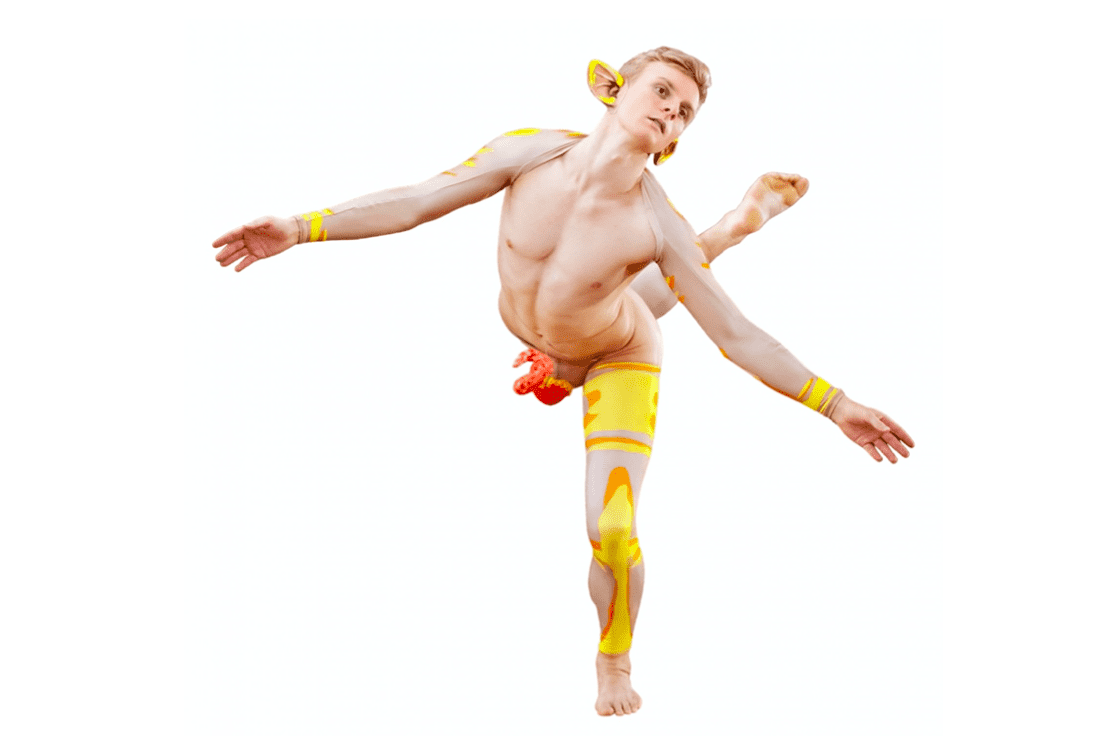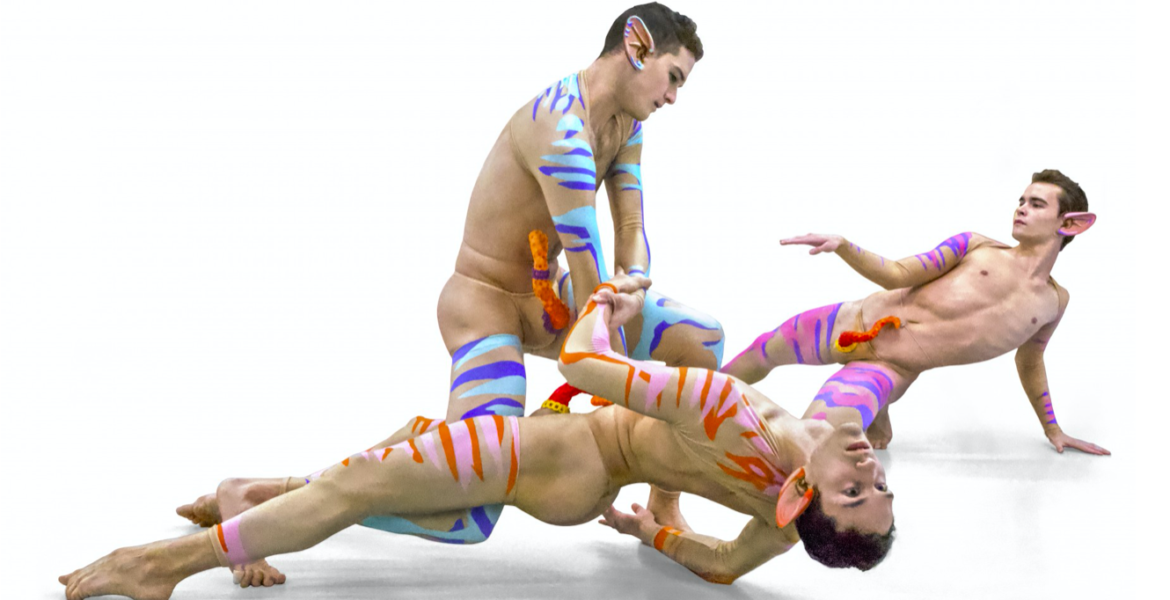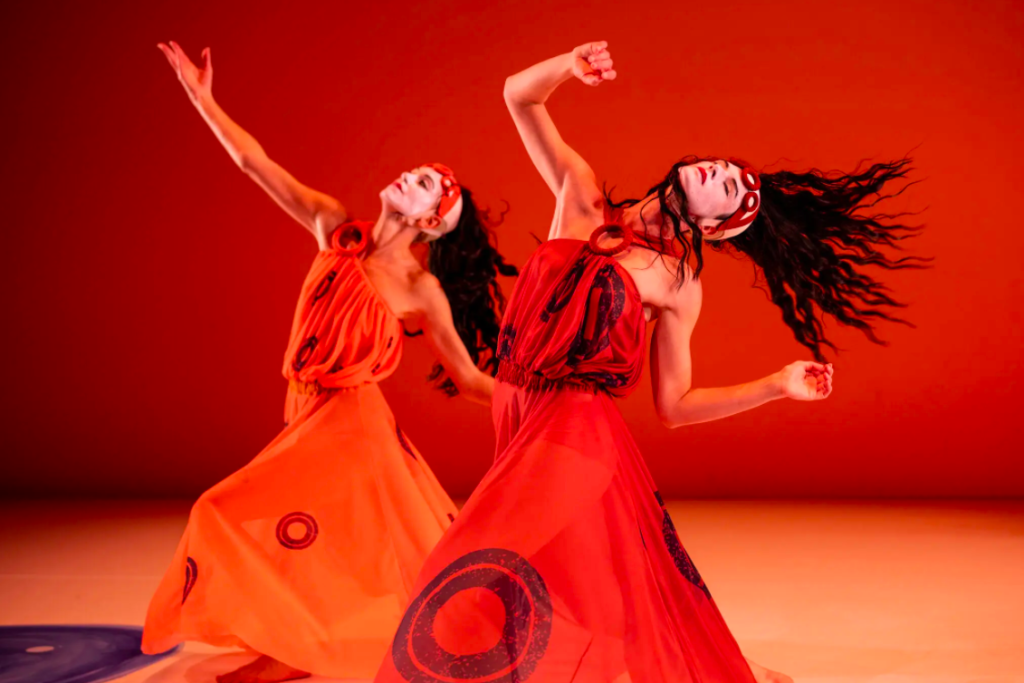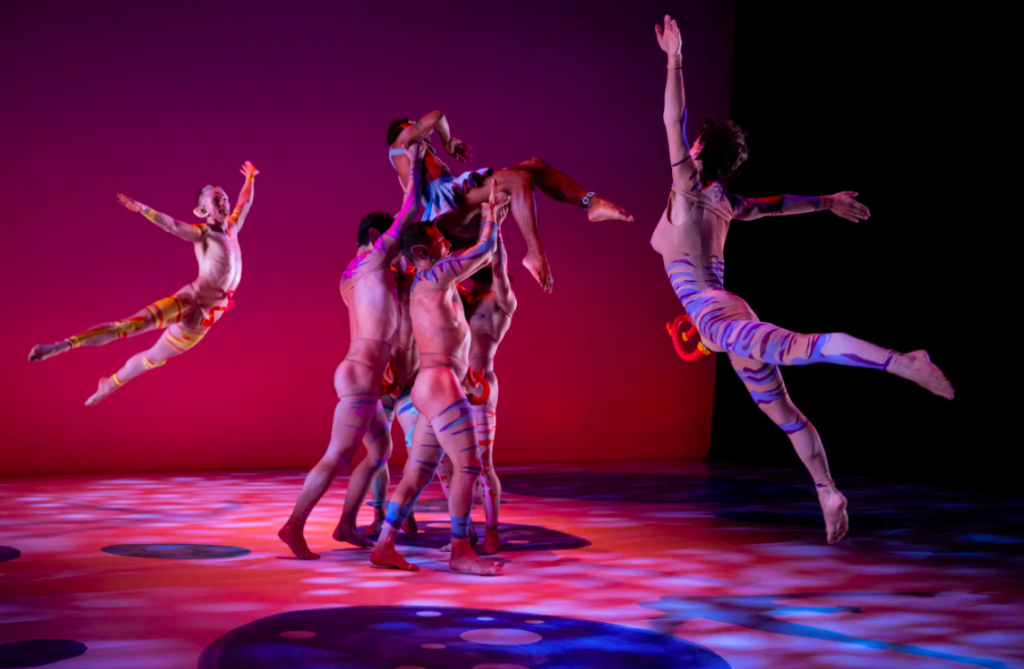In contemporary times we are most familiar with the Freudian term ‘narcissism’ or ‘narcissist’ - a self-centred personality disorder characterised as having an excessive degree of self-involvement or pre-occupation with one's own needs, to the great expense of others.
The term narcissist originated from Greek mythology.
In Greek mythology, Narcissus was the son of the river god Cephissus and the nymph Liriope who was distinguished for his extraordinary beauty.
He was destined to live a long life, as long as he never saw himself – a story perhaps derived from the ancient Greek superstition that it was unlucky, or even fatal, to see your own reflection.
Unfortunately for Narcissus he drew the vengeance of the gods upon rejecting the romantic advances of Echo, a beautiful nymph who feel deeply in love with him. Instead he fell in love with his own reflection in the waters of a spring (although Pausanias thought it more likely that he was gazing to console himself of the death of his twin sister and exact counterpart) and pined away. The flower that bears his name sprang up where he lay.
Echo’s hopeless love for Narcissus caused her to languish and fade away until all that remained of her was the sound of her voice.
Christopher Williams’s new evening-length ballet called Narcissus incorporates themes of the eponymous Greek myth upon which it is based in order to re-envision the original ballet through an imaginative and contemporary lens.
Choreographed by Williams and featuring costume and set designs by Andrew Jordan as well as lighting by Joe Levasseur, Narcissus is set to Nikolai Tcherepnin’s score “Narcisse et Echo” composed in 1911 for the Ballets Russes.

Commissioned by New York Live Arts, the world premiere of the work took place on October 28 in New York.
The modern depiction of Ovid’s mythical tale of ‘Echo & Narcissus’ was performed by New York City Ballet star Taylor Stanley and Cemiyon Barber in the title role, with dancers Christiana Axelsen, Jack Blackmon, Ching-I Chang, Janet Charleston, Breckyn Drescher, Alan Good, Casey Hess, Shayla-Vie Jenkins, Justin Lynch, Jake Montanaro, Alexander Olivieri, Michael Parmelee, Logan Pedon, Caitlin Scranton, and Mac Twining.
Described as ‘a curious “alchemist of theatre" Christopher Williams aims to transcend boundaries with his distinctive personal style that combines contemporary dance with visual design, music, and puppetry to yield multifaceted movement-based performance works in his own imaginative genre.
Preferring to cast each new project specifically rather than maintaining a set company, he assembles a wide variety of performers that juxtapose many body types, ethnicities, genders, and orientations as well as span many ages, in order to instill each of his works with an unusual corporeal counterpoint.

Williams is particularly interested in expanding the scope and meaning of contemporary dance by exploring the potential relationship of mythology, folklore, and historical literature, early and contemporary music, sculptural costume, mask, and a variety of puppetry forms to the gesture of the human body.
Fascinated by the ways in which the earliest bands of humans ritually engaged with supernatural denizens of other worlds, Williams says that he “creates works that present his own contemporary queer testimony to our primeval cultural impulse to journey beyond the known realm.”
By combining highly technical choreographic vocabulary with vivid visual designs and music integral to each new work, Williams says that he aims to “revive an ancient sense of ritual and spectacle by immersing a broad public in fantastical new worlds.”
Complete with a tribe of mountain nymphs that are described by the New York Times having ears “like those of jackals, their buttocks exposed and their penises encased in long, curly packages that resemble root vegetables”, Narcissus provides the audience with a glimpse into the fantastical, mythopoetic world of the collaborators.
Nymfopetres Nymphs Stones and the Myth of the Petrified Bride




